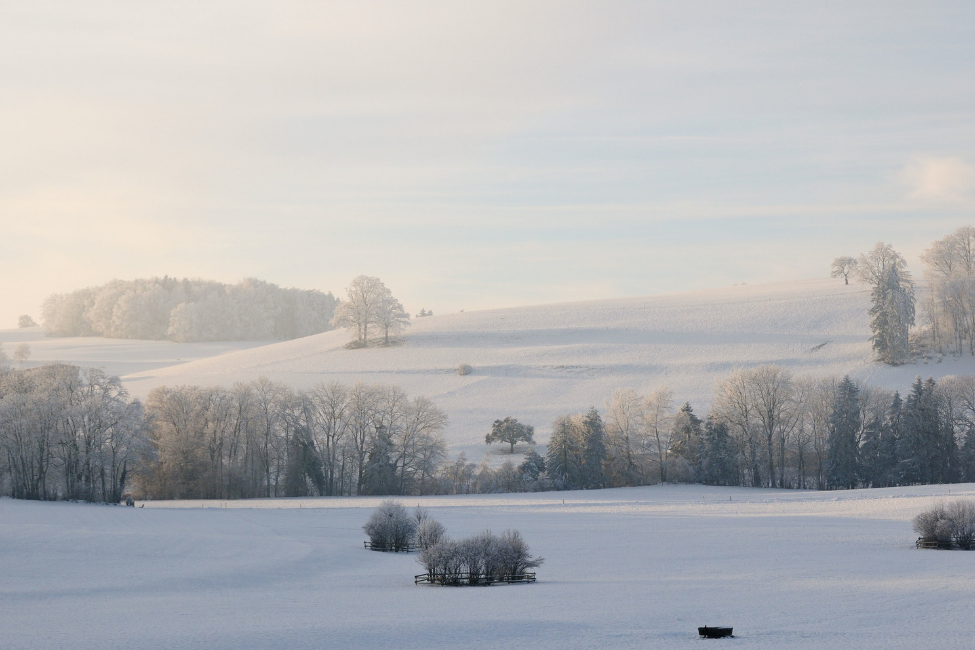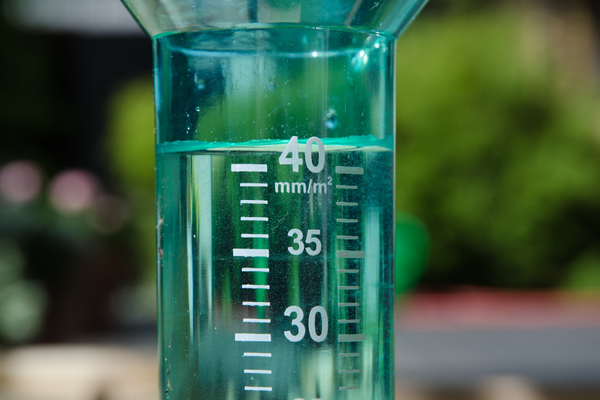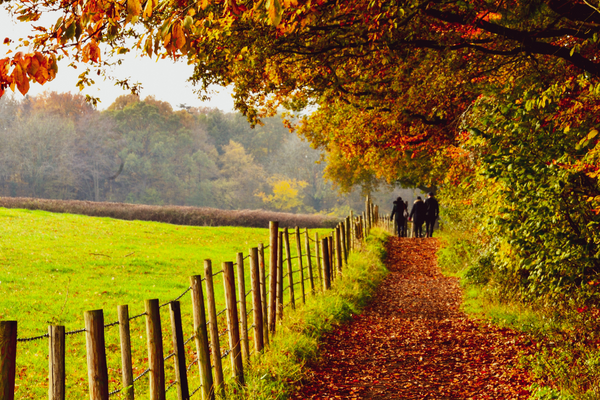A White Christmas is only for Dreamers

*Please note this competition has now closed*
6 minute read
A guest blog post by Ian Currie
Go into most homes in our district over the Festive season and you will find walls and shelves bedecked with Christmas cards. Most portray a snowy landscape with icicles hanging from roofs or branches. Snowmen abound, skating is seen on ice bound lakes and ponds and children are racing down snowy slopes on toboggans. But is this idea of a traditional white Christmas fact or fantasy?
The association of snow with Christmas probably stems back to Charles Dickens’s description of the festive season at Dingley Dell in his Pickwick Papers, based on the cold, snowy late Decembers of 1829 and 1830. This book came out in 1836 and this particular Christmas was very snowy. Mountainous drifts lay on the South Downs in Sussex and an avalanche swept onto the town of Lewes and demolished a whole street called Boulder Row burying alive a number of its residents. The modern day public house 'The Snowdrop Inn' now marks the site of this nineteenth century tragedy. For more southern areas of the UK away from the highest hills there have only been six classic widespread white Christmas days when snow has fallen and laid giving a good cover during the 20th century. They were 1906, 1917, 1923, 1938, 1956 and 1970. Snow has been a little more frequent further north with 1995 bringing immense drifting snows to Shetland and the north of Scotland bringing down power lines and cutting off communities. Even in 2016 when many areas of the UK were basking in temperatures of 12C or higher, snow fell and lay on Christmas Day in Aberdeen.
Snow fell steadily on Christmas Day 1962 in southern Scotland but it missed most of England by a day arriving there on Boxing Day. It then snowed continuously for over 24 hours across the south and east of England and was followed by further snowstorms in many areas. It was not until March 1963 that it cleared away in what proved a truly epic winter. The first traditional occasion of the twentieth century was that of 1906 following a couple of below freezing days but it almost missed Christmas Day in the south when the snow set in around 10pm covering the ground to around 8cm by midnight. In Aberdeen it was so deep the city was cut off for 3 days and Durham was carpeted with 30cm of snow.
Christmas 1927 lays claim to be one of the most dramatic for snow on record when rain turned to snow during Christmas evening and fell heavily throughout Boxing Day blown into mountainous drifts by a furious gale. Even on the relatively low hills just south of London the main road from Croydon to Warlingham by way of Sanderstead was completely blocked. One person described the scene as "like that of a glacier, great waves of snow up to eight feet deep." At Hamsey Green it was even deeper and the tops of two abandoned carts could only just be seen. Aircraft were used to drop food parcels to beleaguered communities trapped by 6 metre drifts on the Chilterns and Downs. Snow was swept off in great clouds from the sea cliffs in Dorset and the Isle of Wight by the storm force winds.
Less dramatic but more picturesque was the classic white Christmas of 1938. Following a very mild November and first half of December snow began falling on the 19th and continued every day up to and including Boxing Day across many parts of England.
The most surprising 'white Christmas' came in what was a mild winter. A brief incursion of cold air gave a wonderful present to young and old alike when they pulled back the curtains on Christmas morning 1956. There was about 5cm of snow; enough to make a moderate sized snow man and work up a healthy appetite for the Christmas Dinner.
The actual definition of a 'white Christmas' is just one snow flake has to be recorded on the roof of local Met. Office Weather Centre- for instance in London, Southampton or Glasgow in the 24 hours from midnight on Christmas Eve. Deep snow can already be lying but it has to fall within this time period. Christmas 1981 showed that the term 'white Christmas' might not be quite what it seems. Following some deep falls of snow on the 8th and the 11th December there was a full scale blizzard on Sunday 13th. Even the Queen became a victim of deep snowdrifts and had to take refuge in a Cotswold pub. There were further falls in the days following but the snow ceased a couple of days before Christmas. The ground though remained thickly covered. However it did not count as a white Christmas for betting purposes. To really guarantee a snow cover across the British Isles on Christmas Day you would need to be at the top of our highest mountains such as Ben Nevis or The Cairngorms.
Placing a bet of snow falling on the 25th in cities such as London is a risky business because London is usually much warmer than the suburbs due to the 'heat island effect' caused by the myriad of buildings, high volume of traffic with plenty of businesses and factories. The chances are further reduced if the snow falls at night when there is no observer to see it and winters in general have been a good deal milder on average since 1970. Overall it is generally Wellington Boots not snow shoes that are more useful on Christmas Day and 2017 looks like another example of a green Christmas. However there is just a chance that some cold air may reach northern Scotland to give some snow showers and on Boxing Day they may move a little further south.
Competition Question: My question to obtain a free subscription to Weather eye for three lucky winters is: So far in the 21st century we have had one very cold December that was snow covered in many areas on Christmas Day though only in parts of Scotland and a few areas of eastern England saw some flakes. It was a very cold day with some localities measuring their coldest Christmas Day since at least 1830. The month as a whole was the coldest ever December across Northern Ireland and since 1890 in England and Wales. What is the year?
To enter, email sales@metcheck.co.uk with your name, address and answer. The first three correct answers will win Weather Eye subscriptions.
Winners will be notified via email. UK entrants only.
Merry Christmas and good weather watching - Ian Currie editor of Weather eye magazine.
Metcheck would like to thank Ian Currie for contributing this article to our blog and recommend taking a look at www.frostedearth.com, a fantastic resource for all weather enthusiasts.
Also in Metcheck News

Weather Watching for Wellbeing
There is a quiet comfort in watching the weather. Simple observations can transform everyday moments into small, restorative rituals.

Understanding Rainfall Measurements
Learn how to read your manual or digital rain gauge and understand rainfall amounts, so you can water your garden smarter and keep plants healthy.

Spotting the Signs of Early Autumn Weather
The UK shows the first signs of autumn. Cooler nights and breezier days signal the seasonal shift. Learn how to spot and track these changes.
